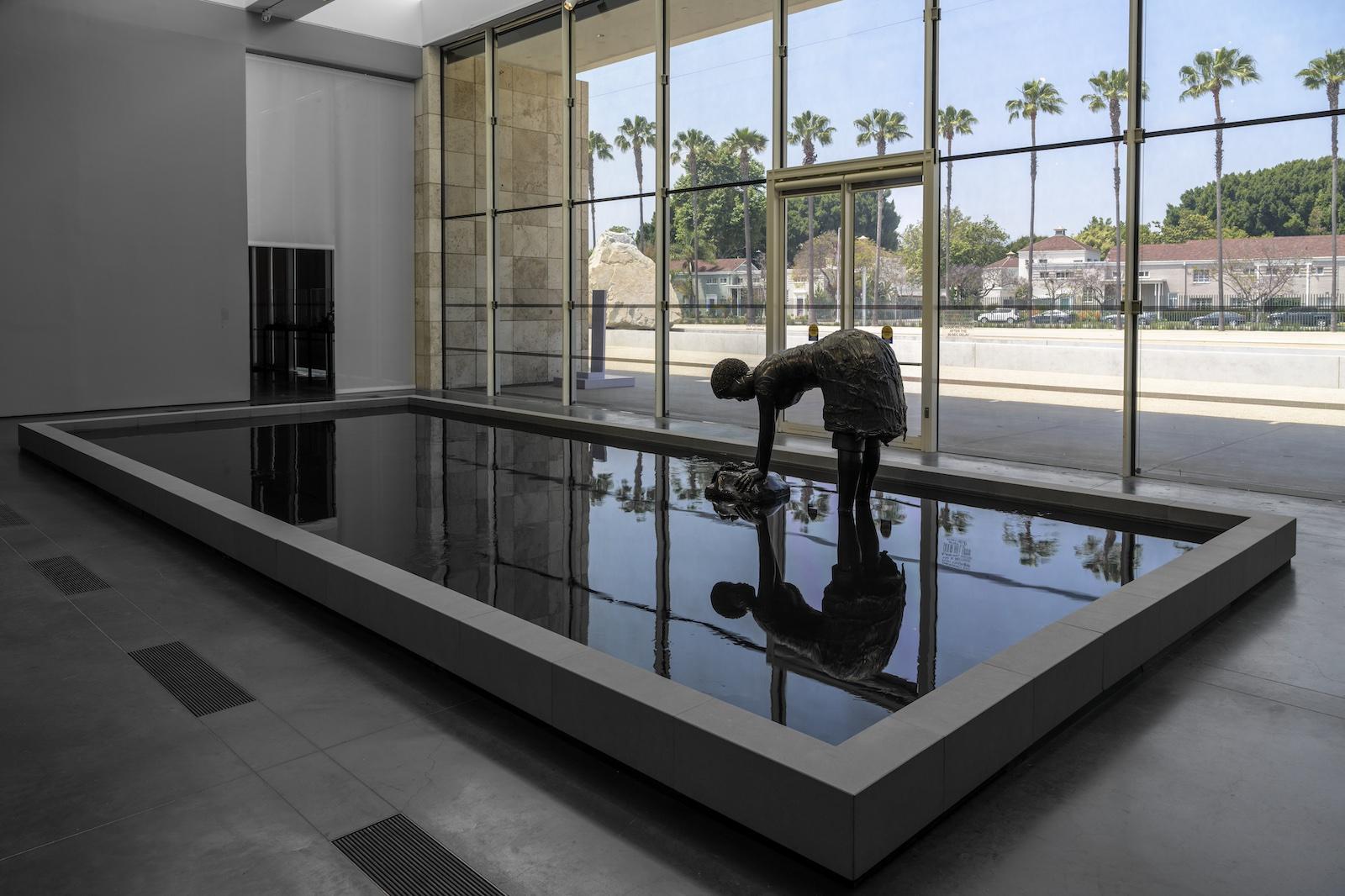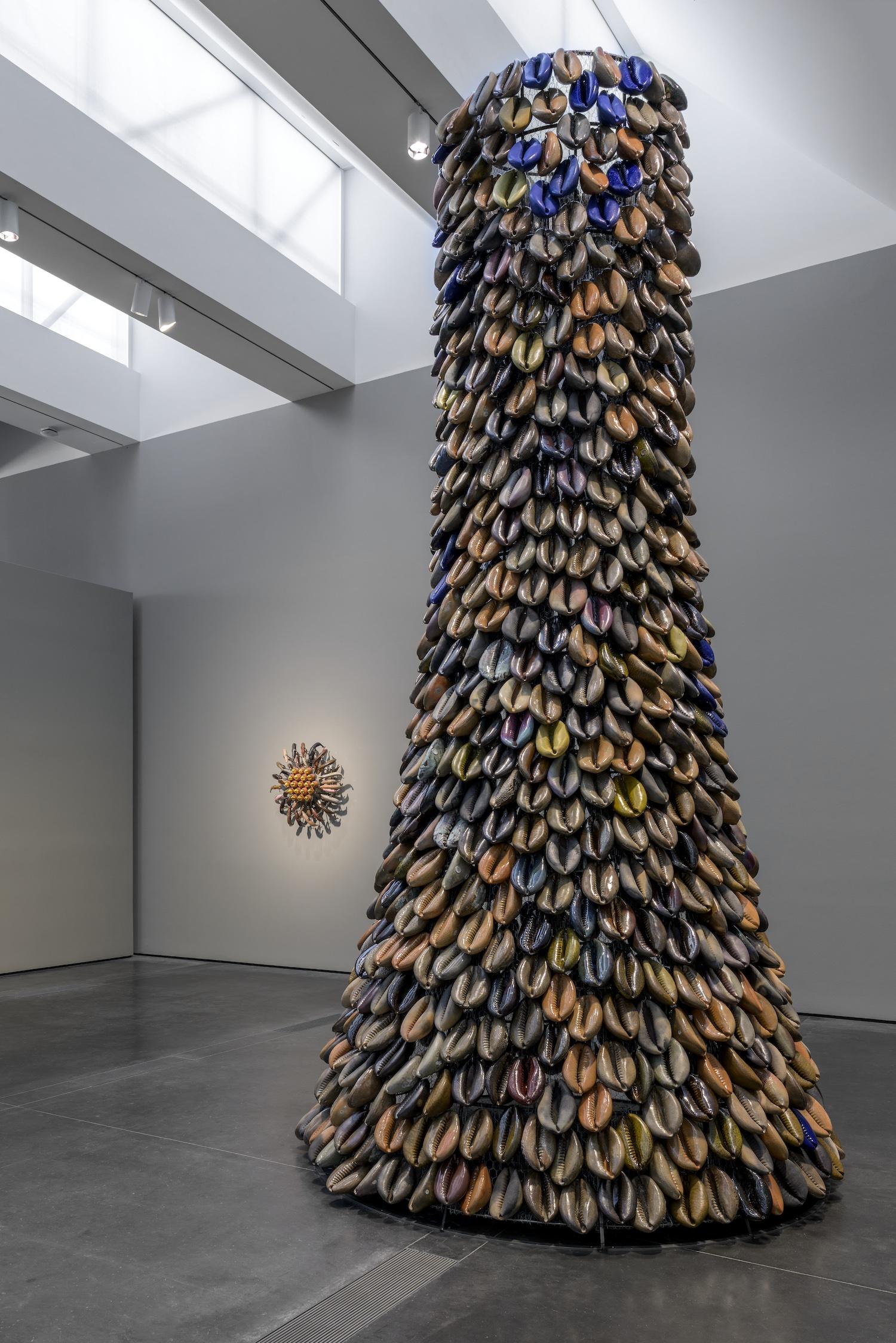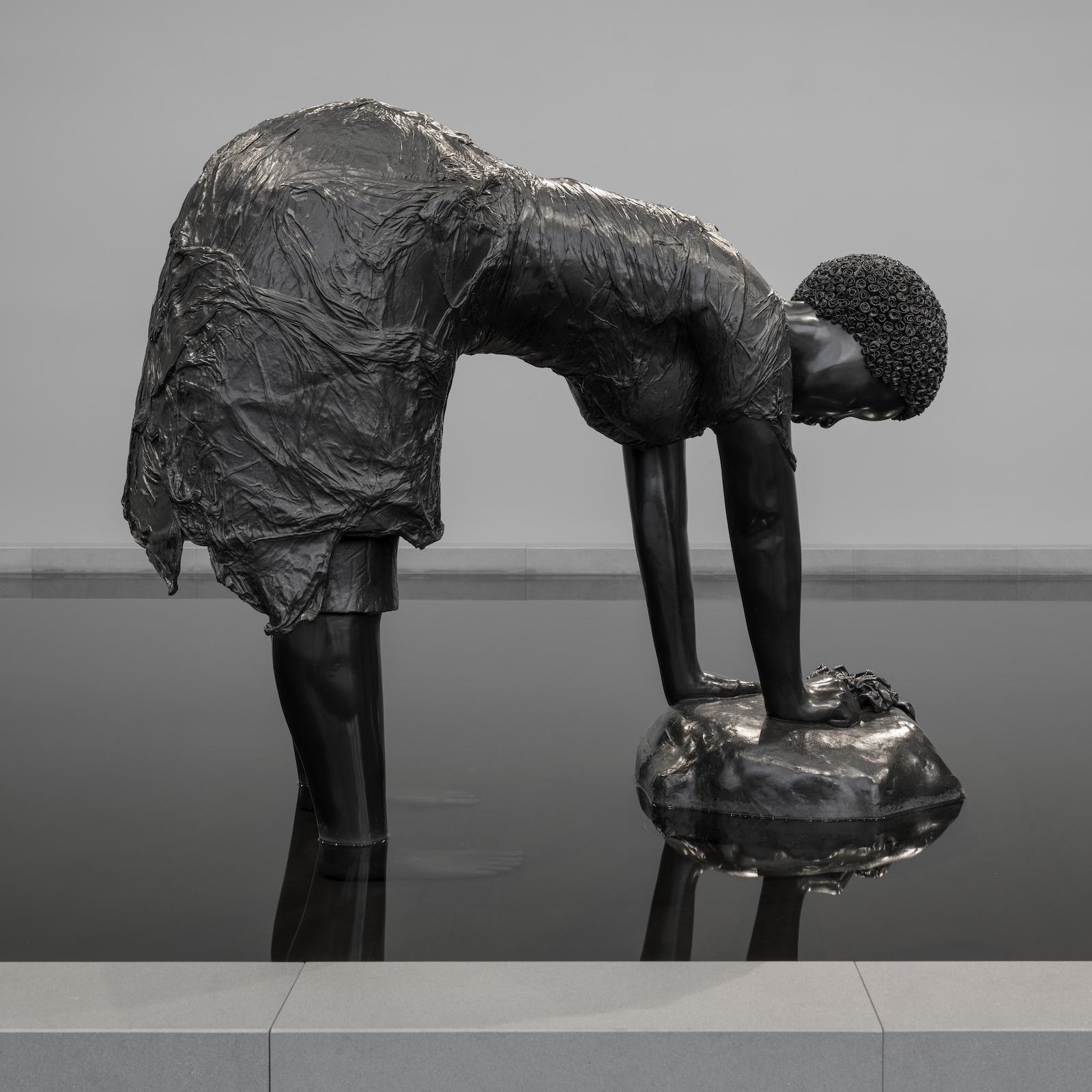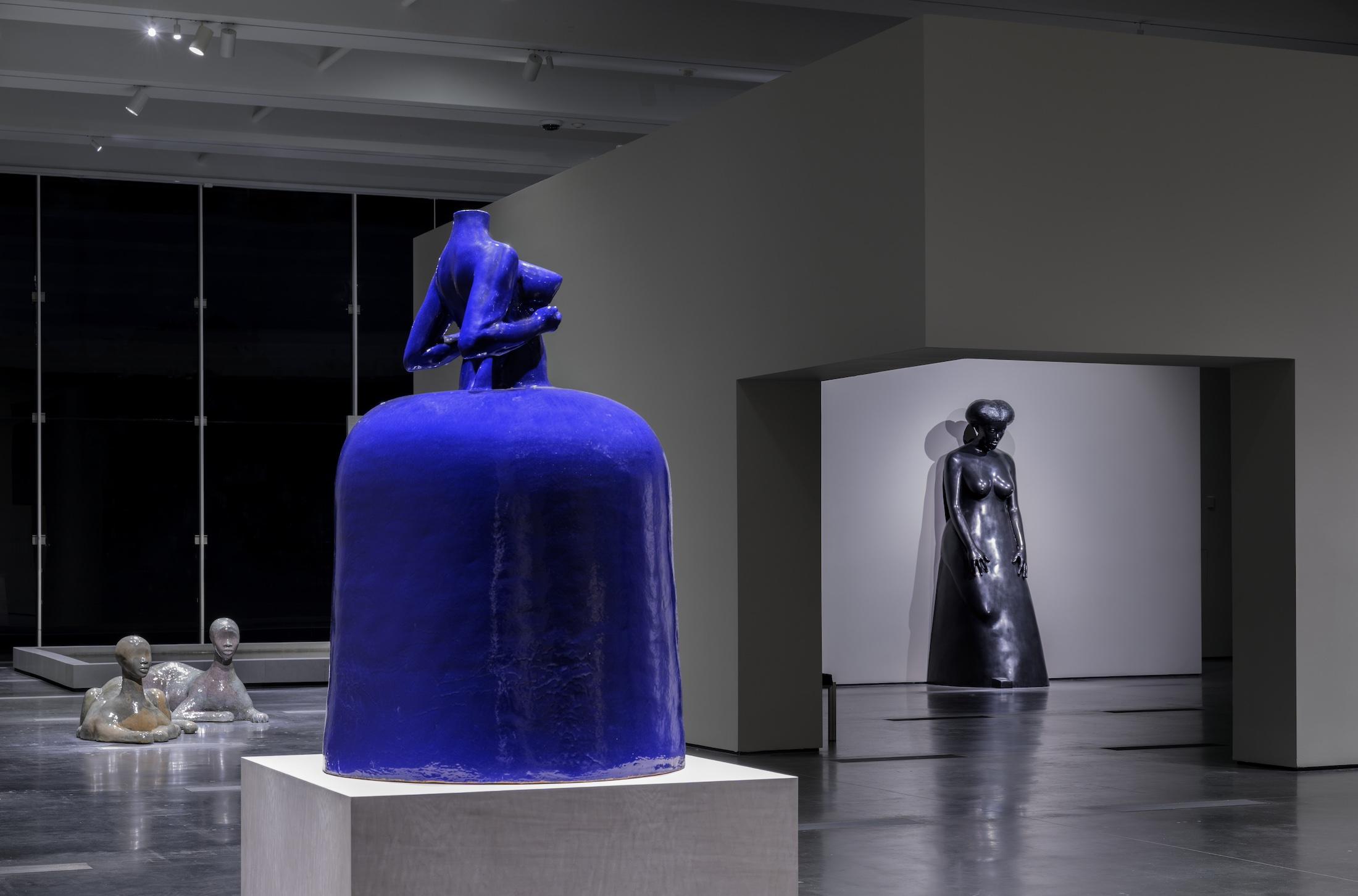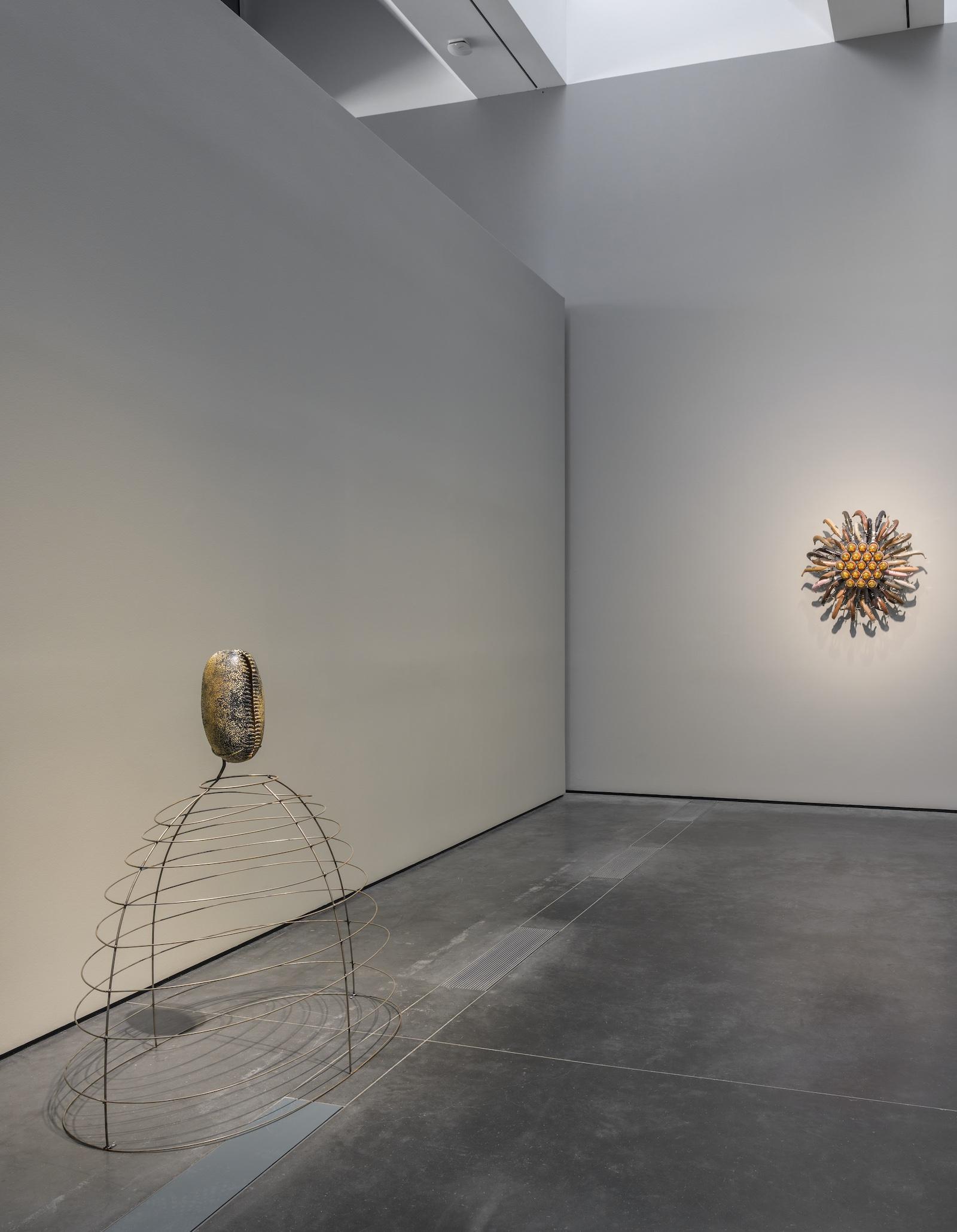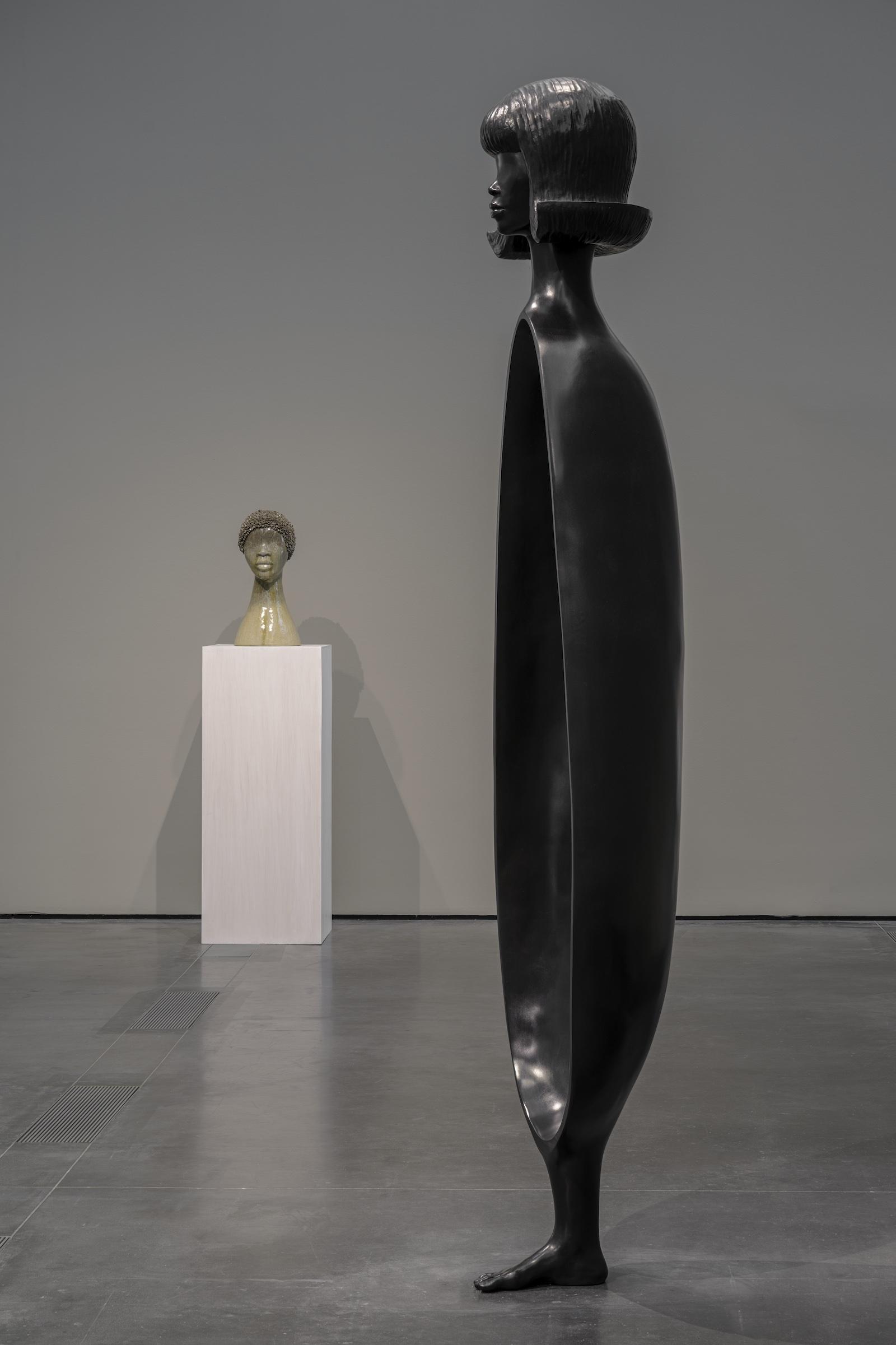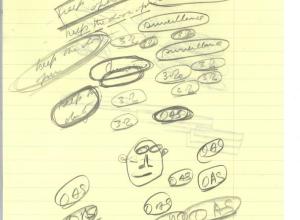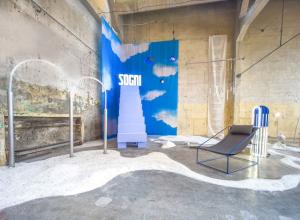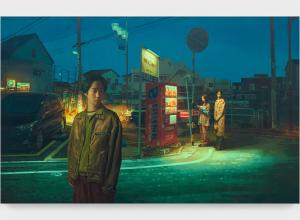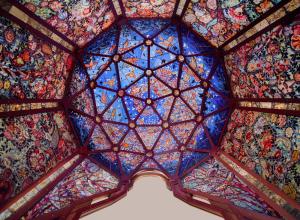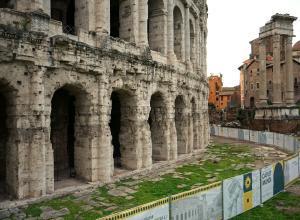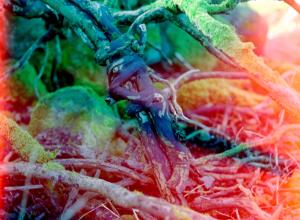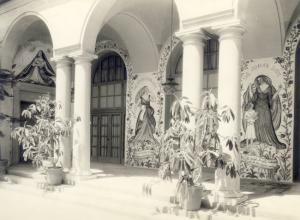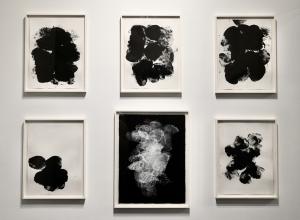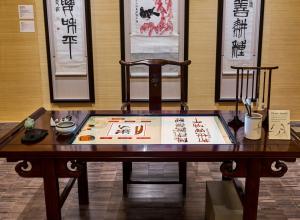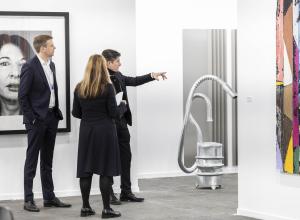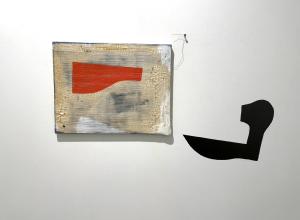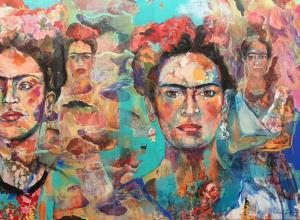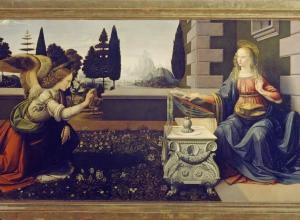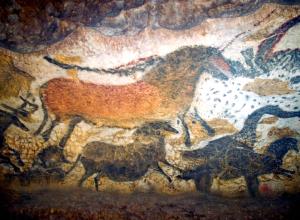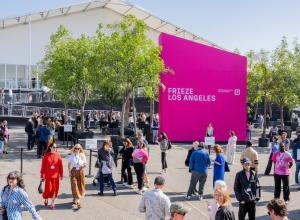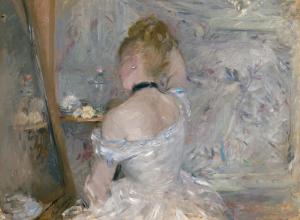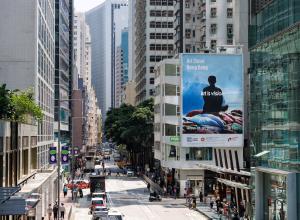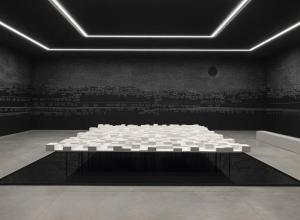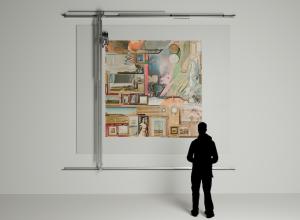In 1964, following the Harlem riots, Jordan collaborated with architect Buckminster Fuller to draft a proposal called "Skyrise for Harlem." They designed 15 conical towers to house 250,000-500,000 residents with the hopes of creating better living environments for community members.
However, the project received much backlash and would never make it off the ground. Almost as if one of Jordan’s lost towers emerged from the ocean of Leigh’s imagination, we get to see a re-performance of history in Leigh’s new survey show today.
It’s no surprise that Leigh’s first major retrospective, Simone Leigh, is one in conversation with other artistic mediums. The Chicago born artist’s study of Black subjectivity delves into various practices, including sculpture, video, performance, and social practice.
Primarily focused on ceramics, she involves motifs found in African pottery and has described her work as representing "a collapsing of time." The show, which runs through January 5th of 2025, traveled to Los Angeles from ICA Boston and has been curated with split venues between LACMA and the California African American Museum.




